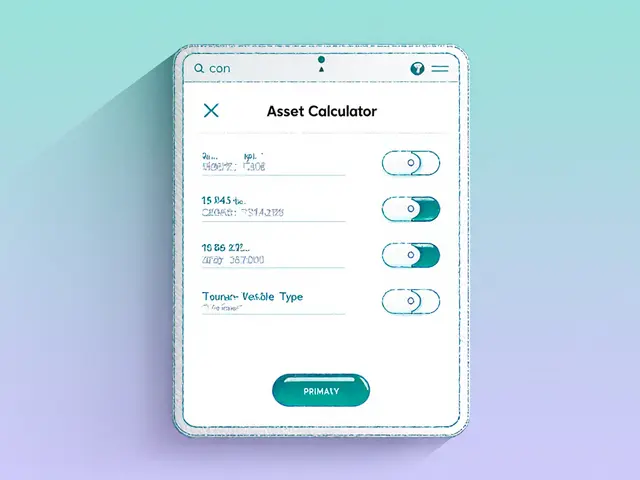Digital Asset Bans: Global Rules Shaping Crypto
When navigating digital asset bans, government-imposed limits on the creation, trading, or use of cryptocurrencies and related tokens. Also known as crypto restrictions, it affects everything from mining farms to exchange operations, you quickly see why they matter. One common subtype is the cryptocurrency mining ban, a rule that stops new mining facilities from launching in a region. Another key piece is crypto regulation, the broader legal framework that defines how digital assets can be issued, traded, and taxed. In many jurisdictions, a VASP license, authorization for virtual asset service providers to operate legally is required, while exchange licensing, official approval for crypto exchanges to offer services ensures consumer protection. These entities intertwine: digital asset bans encompass government restrictions, crypto regulation influences licensing, and mining bans trigger compliance shifts across the ecosystem.
Why These Bans Matter for Traders and Builders
Every ban creates a ripple. A mining ban, like Norway's temporary freeze on new data centres, forces operators to relocate or shut down, which in turn squeezes hash‑rate and can push Bitcoin prices up or down depending on market sentiment. Meanwhile, strict crypto regulation—such as the UAE's 2025 licensing framework—sets clear rules that attract institutional players but also adds compliance costs for smaller projects. Understanding the link between a VASP license and exchange licensing helps businesses decide whether to partner with an existing platform or apply for their own permit, saving time and legal risk.
Regulators often cite environmental impact, financial stability, or consumer protection as reasons for a ban. The environmental angle shines in mining bans: governments protect renewable energy grids by limiting energy‑hungry farms. Financial stability concerns show up in exchange licensing, where authorities require robust capital buffers and anti‑money‑laundering (AML) safeguards. Consumer protection drives requirements for transparent fee structures and dispute‑resolution mechanisms. By recognizing which attribute a ban targets, you can predict how it will affect market dynamics and plan accordingly.
For developers, a ban can be both a hurdle and an opportunity. If a country blocks mining, it may boost demand for more efficient consensus algorithms or layer‑2 solutions that consume less power. Tight crypto regulation can spur the creation of compliance‑as‑a‑service tools that automate reporting for VASP‑licensed firms. Watching how authorities adjust rules lets innovators stay ahead, adapting products before competitors catch up.
Investors also need to factor bans into risk assessments. A sudden policy shift—like Indonesia moving crypto oversight from Bappebti to OJK—can change the legal landscape overnight, impacting token valuations and exchange liquidity. Assessing a jurisdiction's history of bans, its enforcement track record, and the stability of its licensing bodies gives a clearer picture of long‑term investment viability.
Finally, the global nature of crypto means bans rarely stay isolated. A mining ban in one country can shift hash‑rate to regions with looser rules, creating a feedback loop that pressures other governments to act. Similarly, harmonized crypto regulation across multiple jurisdictions can create a de‑facto standard, making it easier for VASP‑licensed firms to operate cross‑border. Keeping an eye on these cascading effects helps you anticipate market moves before they become headline news.
Below, you’ll find a curated collection of articles that dig deeper into specific bans, regulatory frameworks, and licensing processes from Norway’s mining pause to the UAE’s licensing roadmap, plus practical guides on navigating VASP requirements and exchange compliance. Use them to build a solid compliance strategy, spot emerging opportunities, and stay ahead of policy shifts that could reshape the crypto landscape.
Middle Eastern Crypto Banking Bans: Full 2025 Regulatory Overview
A 2025 guide to Middle Eastern crypto banking bans, covering GCC policies, country‑specific rules, CBDC pilots, and future liberalisation prospects.
View More




